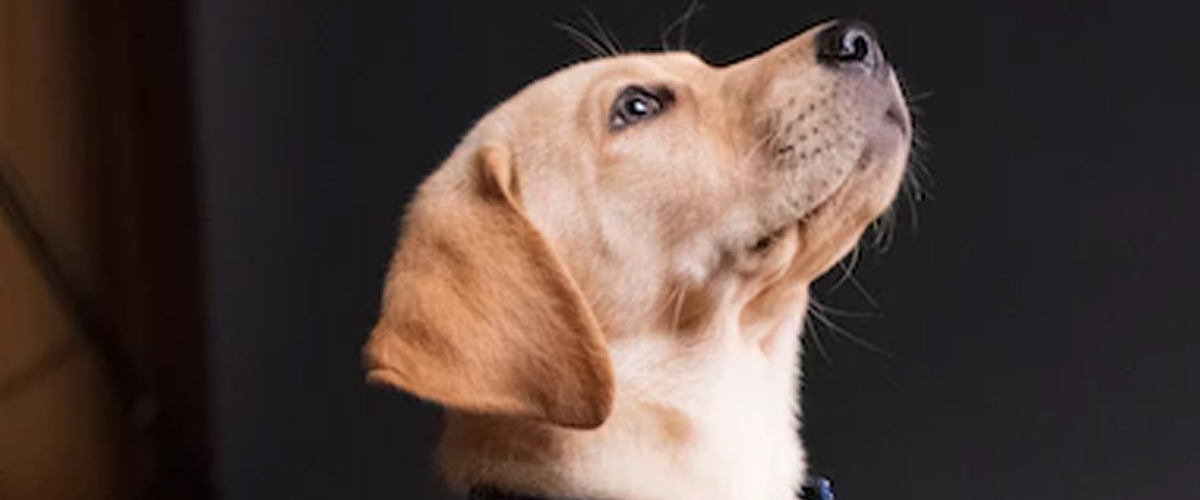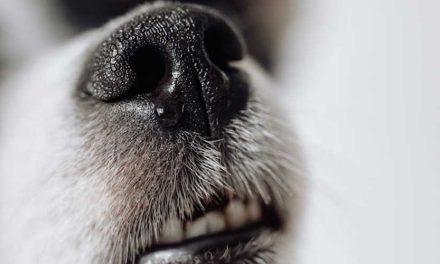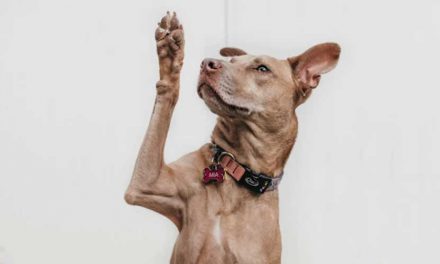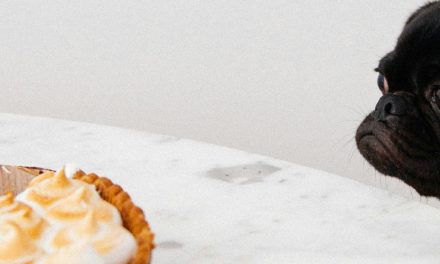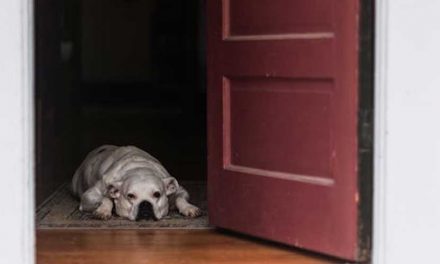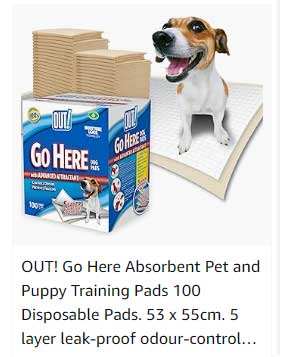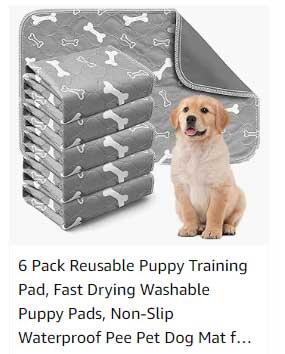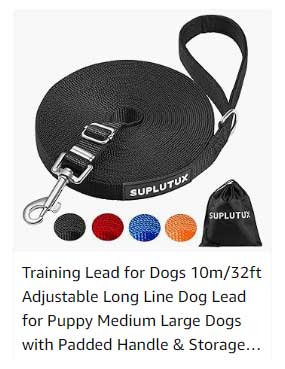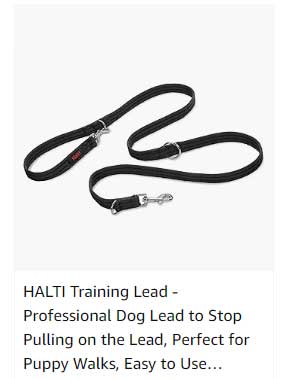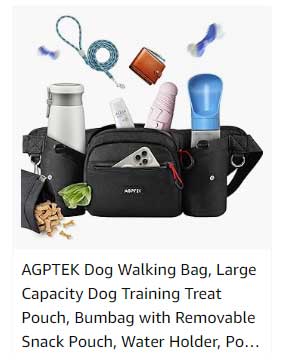SIT
To make sure your beloved four-legged friend sits every time and doesn’t hesitate or have selected hearing, you need to get your dog to sit regularly on command. Rewarding with treats encourages and associates sitting on command with a positive experience.
WAIT
You should aim to get your dog to sit and wait for up to 60 seconds. Also work on putting some distance between you. This could be going upstairs, in another room, going outside and out of view. When you are on walks also get your dog to sit regularly at curbs, crossroads and traffic light crossings. It would also be advantageous to get your dog to sit and stay in your local park, on the banks of streams and also to let other dogs on lead to pass.
LEAVE
It is important to let your dog know boundaries and understand not to take items and food from the floor, whether inside or out.
COME
This command is the beginning of your dog’s recall training. It is best to begin inside the home with no noises, smells, distractions and stimuli. Eventually you will be able to progress this further using one of many techniques, such as a long lead, at least 5 metres in length.
FOLLOW
There are many instances inside and outside the house where this command can be important and even vital. You want to aim for your dog to follow you inside to begin with (remaining close), then take the training outside. Completely reward driven. Follow is very similar to the come away command.
COME AWAY
This is a great command to get your beloved dog away from something and focused on to you for up to 30 seconds, or until the person, vehicle or dog have passed by. Very good for nervous, anxious and excitable dogs.
SIDE
Side walking is beneficial for keeping your dog at your side, focused on you and walking in stride with yourself, whether on the pavement, in the park, path next to waterway, etc.
UP AND DOWN
If allowing your dog on furniture it is important for your dog to understand that it belongs to you (Alpha). They are allowed on the furniture via invitation however, when asked to get off the furniture your dog needs to obey. This can help towards stopping challenging behaviour.
DROP
It is important to get your dog to drop on command. You could easily get hurt by trying to prise out something from your dog’s mouth, especially if your canine companion is unwilling to let go of the item.
STOP
When walking you may need your dog to stop suddenly and remain in the position they are currently in. This could be because of a vehicle coming out of a driveway, or mist/fog suddenly descending and your dog being off lead and a distance from you.
OFF
There are many instances where getting your dog to come off furniture, or agility equipment, benches or other objects is highly beneficial.
RETRIEVE
This is ideal for when you are outside playing with your dog with a Frisbee or ball, and you want your dog to come back to you with the object to continue the play.
AWAY
A simple command for getting your dog to put some distance between you and them. Your dog should then turn to face you and sit or lie down and await further instruction.
FETCH
Engaging with your beloved four-legged friend using a stick, ball or Frisbee outside is rewarding, healthy and a great bonding exercise.
FUN TRAINING COMMANDS
PAW
Getting your dog to give his/her paw for a treat is a fun, cute and engaging command. Some say it is just to benefit the owner and doesn’t really achieve much for your dog, other than make your dog more entertaining. However any engagement training increases your bond, gives your dog a rewarding task to complete and gives further purpose.
ROLLOVER
Once you have your dog down to the ground you could train your dog to roll over on to the side. Many dogs can achieve this quite easily. It just takes time, patience and support to achieve the desired results.
BANG
Using a command word and gesture with your fingers you can get your dog to sit and raise their front paws in the air, followed by your dog falling backwards or to the side, as though shot with a pretend gun.
CIRCLE
Some dogs can achieve this quite easily, but not all. Only suggest doing this if your dogs breed doesn’t have issues with their back legs at a young or older age. The command is simple. You get your dog to raise on to their back legs with their front paws in the air. This is achieved by holding a treat between your finger and thumb and just slightly out of reach of your dog. Then simply circle at your dogs speed wide around your dog while issuing the command ‘Circle’.
DRUMS
A fun and engaging command game. Your dog needs to be in a puppy bow position and you need to be mirroring your dog’s body language, facing them. Now give the command while tapping your hands a second apart on the ground, excitedly. Your dog is likely to mimic you. Praise them and give a treat reward.
DANCE
You will need to be low to the ground facing your dog. Now tap the ground from one side to the other with both hands as if you are playing a large piano. Give the ‘Dance’ command while doing this and your dog with excitedly mimic your actions.
ULTIMATE DOG TRAINER
There are many different types of training exercises and techniques to try for a purpose or simply a bit of bonding fun. To achieve the best results you need to remain consistent, patient and consider how your dog is perceiving what it is that you are trying to get him/her to do.
As well as getting your dog to follow commands you will also want to consider getting your dog to learn to walk on a loose lead and also possibly off lead by your side. This is of great value for you and your dog. Your dog is easily able to check-in on you, and at the same time you aren’t being pulled around on a terrible walk.

